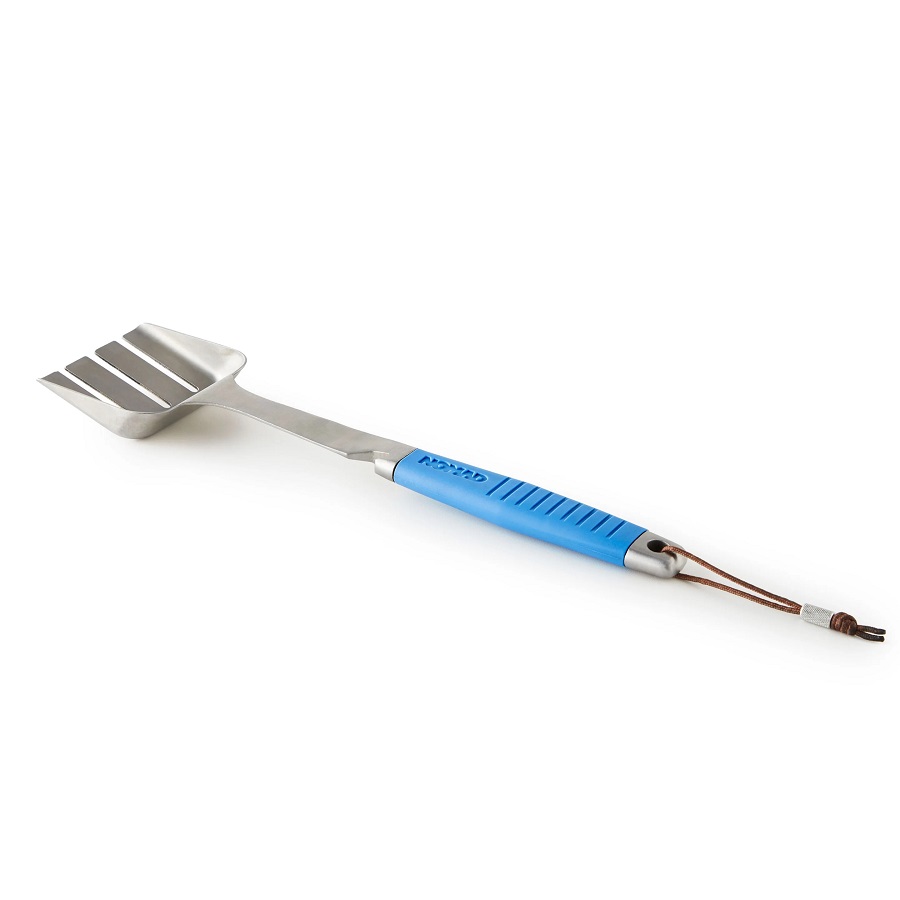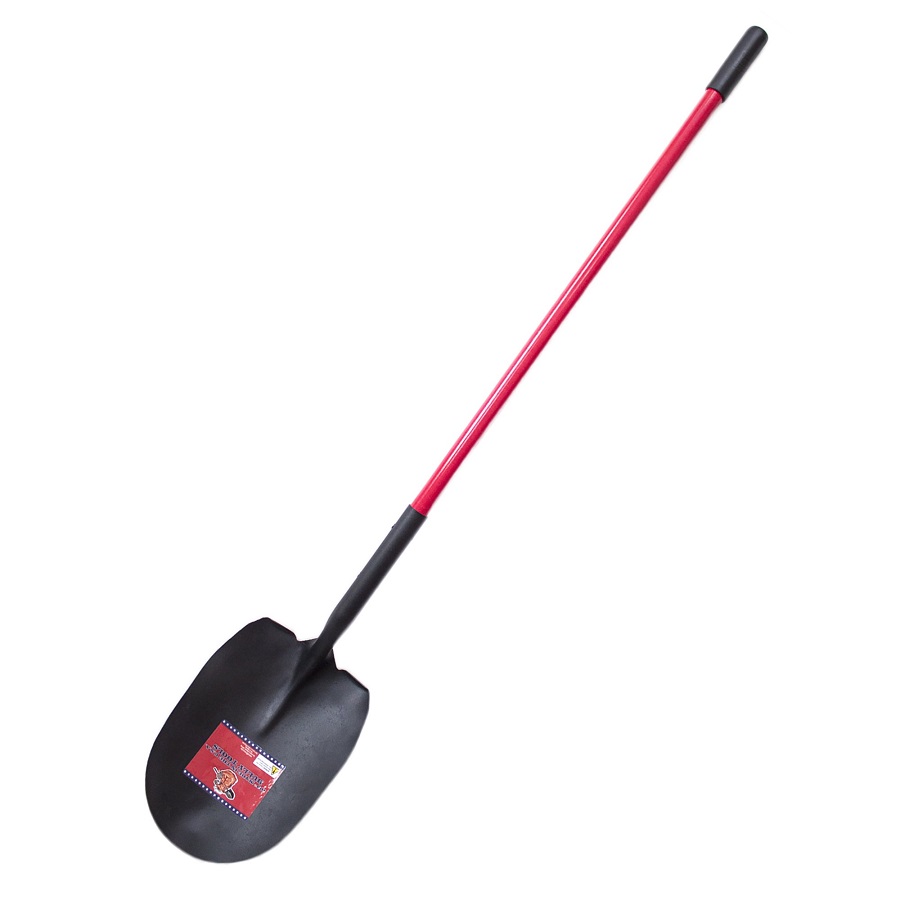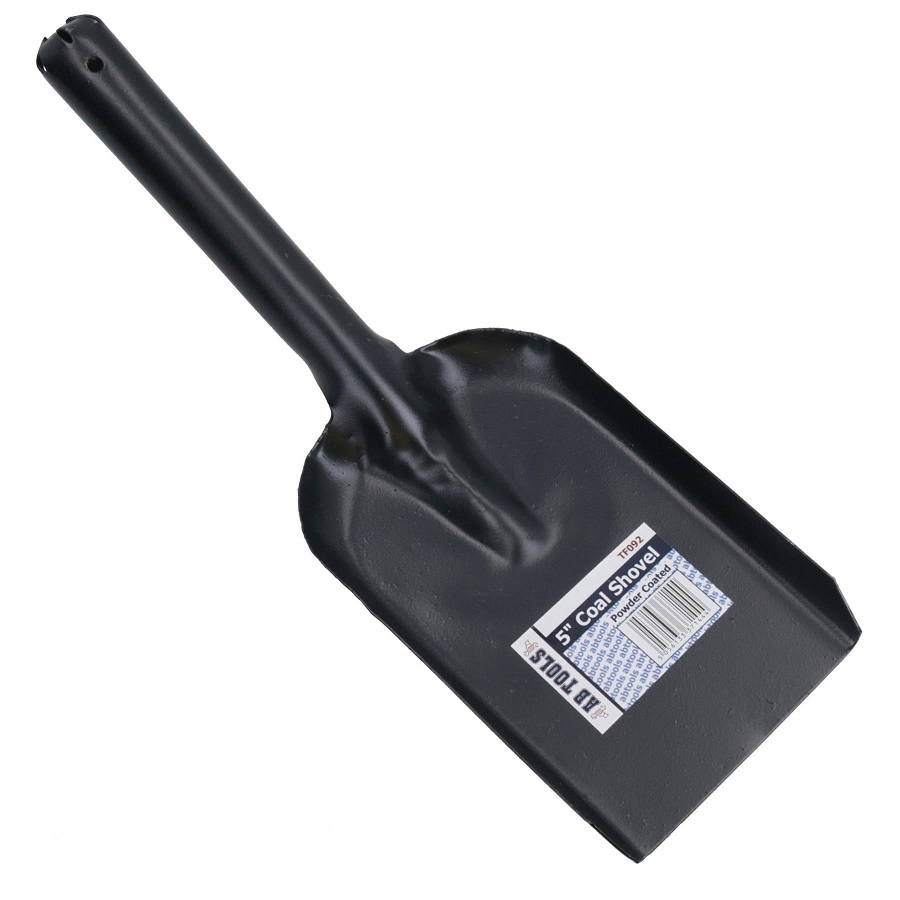Evolution of Coal Shovels
The design and functionality of coal shovel have undergone significant transformations. In the early days, coal shovels were basic tools. They served one purpose: to move coal. They were heavy, cumbersome, and made from basic materials like wood and iron. As the demand for coal grew, so did the need for more efficient shoveling methods. This need sparked innovation.
Technological advancements paved the way for improved materials and design. In the mid-20th century, the introduction of steel dramatically changed the coal shovel. Steel was stronger and more durable than iron. This allowed for larger loads with less wear and tear on the tool. The shape of the shovel also evolved. Designers created a more scooped shape to hold more coal, reducing the physical strain on workers.
In recent years, the focus has shifted to optimizing the weight and balance of coal shovels. The goal is to enhance user comfort and reduce fatigue. This has led to the use of lightweight alloys. These alloys retain the strength needed to withstand the harsh environments of coal extraction.
Ergonomics now play a crucial role in coal shovel design. Handles are tailored to reduce the risk of blisters and calluses, and to provide a better grip. These improvements benefit the workers’ overall health and job satisfaction.
The evolution of coal shovels is an ongoing journey. It mirrors the coal industry’s commitment to innovation, efficiency, and the well-being of its workforce. As we look to the future, the potential for further advancements remains vast, driven by new materials, technologies, and a deeper understanding of the needs of the industry and its workers.

Key Challenges in Coal Extraction
The coal extraction industry faces several key challenges. These include harsh conditions, the need for efficiency, and worker safety. Conditions in mines can be extreme, with dust, noise, and vibration. Equipment must withstand these elements and maintain performance. Time pressure also plays a role. High output demands push for quicker extraction methods. This raises concerns about quality and the impact on equipment.
The safety of workers is of utmost concern. Mines are dangerous. Workers face risks like cave-ins, gas exposure, and long-term health issues. Coal shovel design must factor in these hazards. Shovels need to be reliable and safe to use. They need to reduce strain and the chance of injury.
Durability is another key challenge. Shovels must last long and resist wear. They should also be light to ease the physical toll on miners. This is a tough balance to strike with traditional materials. As a result, the industry looks at new alloys and composites. These materials must be cost-friendly too.
Efficiency is always a goal. The industry aims to move more coal faster, without compromising safety or tool integrity. Enhanced shovel design helps meet this goal. It also supports worker well-being.
Each of these challenges drives the need for innovative coal shovel designs. Designs that tackle tough environments, enhance safety, and optimize performance. As we look to 2025, these challenges are at the forefront of the industry’s focus. Innovations in shovel design aim to address each area with smart, sustainable solutions.
Materials and Durability of Modern Coal Shovels
The development of modern coal shovels leans heavily on innovative materials to boost their durability. Manufacturers now commonly use high-grade steel, advanced alloys, and composite materials. These materials offer a balance of toughness and lightness. The ultimate aim is to combine strength with a manageable weight for the user.
Steel leads due to its resilience against wear and tear. Its ability to endure the harsh mining environment without quick degradation makes it a mainstay in shovel construction. Advanced alloys come into play to reduce the shovel’s weight. This also maintains or even enhances the strength-to-weight ratio. Modern alloys can resist extreme temperatures and impacts. They can withstand the relentless cycle of digging and lifting coal.
Composite materials are the new frontier in shovel design. They combine various substances to achieve specific properties. These may include resistance to corrosion, which is critical in damp mine conditions. Composites also often present a stiffer structure, which can lead to less deformation over time.
In addition to material strength, durability is a major factor. Shovels must last long under constant use. Innovators in the field are working on coatings and treatments. These can protect against the elements. Some shovels feature reinforced edges. Others have wear-resistant tips to boost their lifespan.
Manufacturers are seeking to optimize not just the shovel blade, but also the handle. They look for materials that can absorb shocks and vibration. This eases the physical strain on miners. At the same time, it preserves the integrity of the shovel through thousands of work cycles.
In summary, the materials and durability of coal shovels have seen revolutionary changes. The coal shovel today is not just a tool. It is a resilient product of advanced material science, engineered to face the rigorous demands of coal extraction while prioritizing miner safety.
Ergonomic Improvements and Worker Safety
Modern coal shovel designs focus on ergonomics to enhance worker safety. Comfort is now as vital as durability. Here are the latest advances in the field:
- Handle Designs: Shovels now feature handles molded for a natural grip. This reduces the risk of slips and hand injuries. Workers can hold shovels for longer without discomfort.
- Material Choices: Lightweight alloys replace heavier metals. Shovels become easier to lift, reducing muscle strain. Workers tire less and can work more safely throughout the day.
- Vibration Damping: Technology now addresses the vibrations felt when digging. Special materials in the handle absorb shock. This protects workers from long-term joint damage.
- Shape Optimization: Shovels have curves that align with natural motions. This means less twisting and bending. Workers have a lower risk of back injuries due to awkward movements.
- Adjustable Features: Some shovels now adjust to the worker’s size and shape. Adjustable handles mean a better fit for each user. This personalized approach supports safety and comfort.
- Safety Enhancements: The edges of shovels are often rounded. Sharp corners that can cause accidental cuts are removed. Every design element considers the well-being of the miner.
Ergonomic improvements in coal shovel design are crucial. They protect workers from the traditional pains of the mining industry. These advances not only improve safety but also boost productivity. When workers are comfortable, they can work more efficiently and with greater satisfaction.
The future of ergonomic design looks promising. New research in ergonomics and human factors can lead to even more advances. We can expect shovels that not only prevent injury but enhance overall miner health.

Advanced Technologies Integrated into Coal Shovels
The future of coal shoveling is high-tech. As we approach 2025, developers are embedding advanced technologies into coal shovels to boost their functionality. Here’s how technology is making a difference:
- Smart Sensors: Sensors can now track shovel usage. They provide data on the amount of coal moved. This feedback helps in streamlining tasks.
- Wearable Tech: Workers might use wearable devices. These sync with shovels for health monitoring. They reduce the risk of overexertion and improve safety.
- RFID Tags: These tags track shovels across complex mine sites. They prevent losses and keep operations running smoothly.
- Automation: Some prototypes suggest partially automated shovels. They might do the heavy lifting while a human guides them. This fusion can reduce physical strain.
- Data Analysis: With built-in computing power, shovels could analyze digging patterns. They can suggest improvements to increase coal production.
- Battery Power: Electrically powered shovels are being tested. They aim to decrease reliance on manual power. This may reduce emissions and noise.
These tech integrations promise to revolutionize coal shovels. They can create a safer work environment and raise efficiency. As these technologies evolve, they bring us closer to a new era for the coal industry. The incorporation of such innovations reflects a commitment to advancing the tools of the trade, ensuring coal extraction remains competitive and mindful of worker welfare.
Environmental Impact and Sustainability
Innovation in coal shovel design also considers environmental impact and sustainability. Here are key aspects of this commitment:
- Material Sourcing: Shovel manufacturers prioritize eco-friendly materials. They aim to decrease environmental harm from production.
- Recycling: Old shovels and materials get recycled. This cuts waste and encourages circular economy practices.
- Energy Efficiency: Design improvements lead to less energy use. This results in fewer emissions during coal extraction.
- Longevity: Durable shovels mean fewer replacements. This reduces the total environmental footprint over time.
- Green Manufacturing: Factories producing coal shovels adopt cleaner methods. This helps lower pollution and saves resources.
- Regulatory Compliance: Shovel designs must meet strict environmental standards. Producers ensure that their tools are up to these requirements.
The coal industry’s progress towards sustainability is vital. Modern coal shovels reflect an awareness of the need for eco-friendly practices. They serve as an example of how industry tools can evolve to be kinder to our planet.
Market Trends and Consumer Demands
The coal shovel market is evolving rapidly. Consumer demands and market trends are driving significant changes. Here’s a glance at what is steering the market as we head towards 2025:
- Increased Efficiency: Customers are demanding coal shovels that allow for quicker and more efficient coal extraction. They want tools that can move more coal with less effort and time.
- Higher Durability: Long-lasting coal shovels are in high demand. Consumers expect modern shovels to withstand harsh mining conditions without frequent replacements.
- Enhanced Safety: There is a growing emphasis on worker safety. This leads to a demand for ergonomically designed shovels that minimize the risk of injuries.
- Technological Integration: With the rise of smart technology, buyers now look for coal shovels embedded with sensors and data analysis capabilities.
- Sustainability: Eco-consciousness is shaping consumer demands. Tools made from recyclable materials and produced through green manufacturing processes are more sought after.
- Customization: Users desire shovels that cater to individual needs. Features like adjustable handles and personalized grips are becoming popular.
These trends indicate a shift towards more innovative, user-friendly, and environmentally responsible coal shovels. As manufacturers respond to these demands, we are witnessing a market that is increasingly focused on the well-being of both workers and the planet.

Future Outlook and Potential Innovations
Looking ahead to 2025, the coal shovel industry is poised for transformative innovations. Lets explore potential breakthroughs on the horizon:
- Material Advancements: Developers continue to seek new materials for even greater durability and lightness. We may see shovels with nano-materials or advanced polymer blends.
- Smart Shovel Systems: Shovels could come with integrated AI systems for optimizing techniques. These systems would provide real-time feedback to the user.
- Ergonomic Customization: Future designs might feature fully customizable ergonomic options. Users could adjust shovels in several ways to fit their body perfectly.
- Renewable Energy-Powered Shovels: Efforts to reduce carbon footprints might lead to solar or wind-powered shovels. These would be more sustainable and quieter.
- Biodegradable Components: As sustainability becomes more crucial, shovels may include biodegradable parts. This would help reduce waste when they are no longer serviceable.
- Augmented Reality (AR) Training: AR could train workers on optimal shoveling methods. This technology would ensure correct technique and reduce injury risks.
- Self-Maintaining Shovels: Innovations might introduce shovels with self-sharpening edges or self-cleaning surfaces. These features would save time and maintain efficiency.
Each of these potential innovations aligns with the industry’s goals. They improve efficiency, enhance miner safety, and care for the environment. As consumer demands evolve, the coal shovel market adapts. It strives to offer products that meet the highest standards of performance and responsibility. The journey of innovation never ends, and the exciting potential for future developments keeps the industry pushing forward.